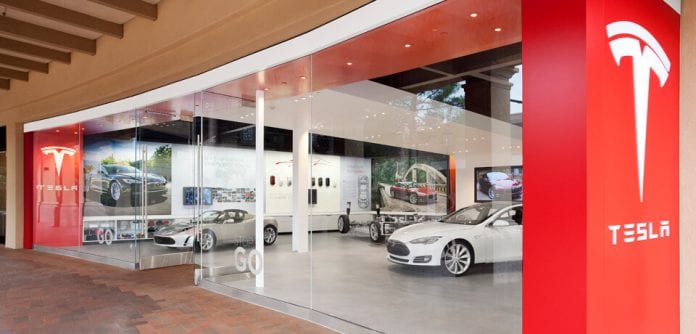Tesla Motors Inc (NASDAQ:TSLA) is currently the dominant force when it comes to electric cars, but it’s no secret that Google is one of the best companies in the world at the moment. They have interests in most industries that are dominating the human race presently, so it makes them a big player in the world.
Their cars, famously known as Google cars, are one of the things that are marked for the future. The company recently announced that since 2009, its fleet of 55 autonomous cars has driven a total of over 1.4 million miles on actual roads around the Bay Area and Austin, Texas.
How does it compare to other Autopilot cars such as Tesla Motors Inc (NASDAQ:TSLA)? To get the exact number is hard because Tesla does not reveal its information and has not revealed it before. Based solely on assumptions and projections for the Tesla cars available on the market, excluding the Model X though, we can calculate the number of miles their vehicles have traveled for up to now.
The number of cars sold with Autopilot, which started in September 2014, Tesla has managed to sell 60,414 cars based on their quarterly figures. These are the potential Autopilot users. However, Autopilot only began working in October 2015, on the 14th to be exact. So adjustments have to be made on the amount of you would count between September and October. There are two probable scenarios: high-end scenario and low-end scenario
Low end scenario
Tesla’s driven less than average because they are second or third cars of well-off people. Assuming 10,000 miles annually on average. This gives 2,500 miles for the three months per car.
- 20% of owners are regular Autopilot users
- They use it for 25% of miles driven
- The high-end scenario would be something like this
Tesla’s are driven more than average because they are awesome, new and free to take across the country, so 14,000 miles annually on average. This gives 3,500 for the three months per car.
- 40% of owners are regular Autopilot users
- They use it for 40% of miles driven.
Mathematically that sums up to a range of 7.5 million to 33.6 million miles which would have been driven under Autopilot. If our assumptions were correct, that would mean it’s 5.4 times to24 times as many miles as Google in only three months, compared to the miles Google has racked in the past seven years. 60,000 Tesla’s can only do so much against a handful of Google cars.
The only way Tesla would have had less driving time under Autopilot than Google would be if the drivers only travelled 2000 miles a year and only 4 percent used Autopilot. This and other variants would not be realistic, however. You can’t compare the miles that are being racked in real life situations by Tesla cars to the one for Google’s cars which drive mostly in controlled conditions. There are only a few times that Google has let its cars out and in one of those their car hit a bus.
However all this is an assumption since we do not know Tesla’s numbers but surely it must be true.









